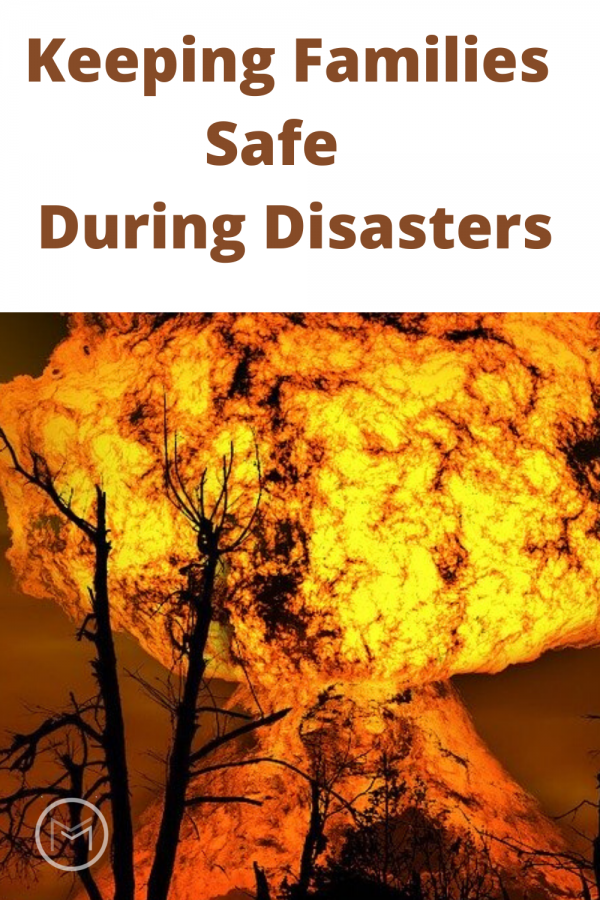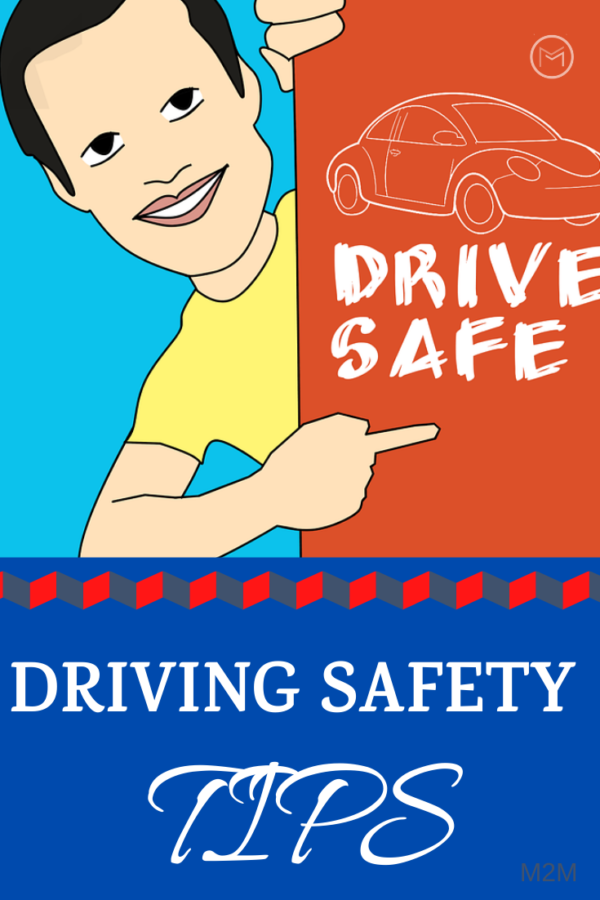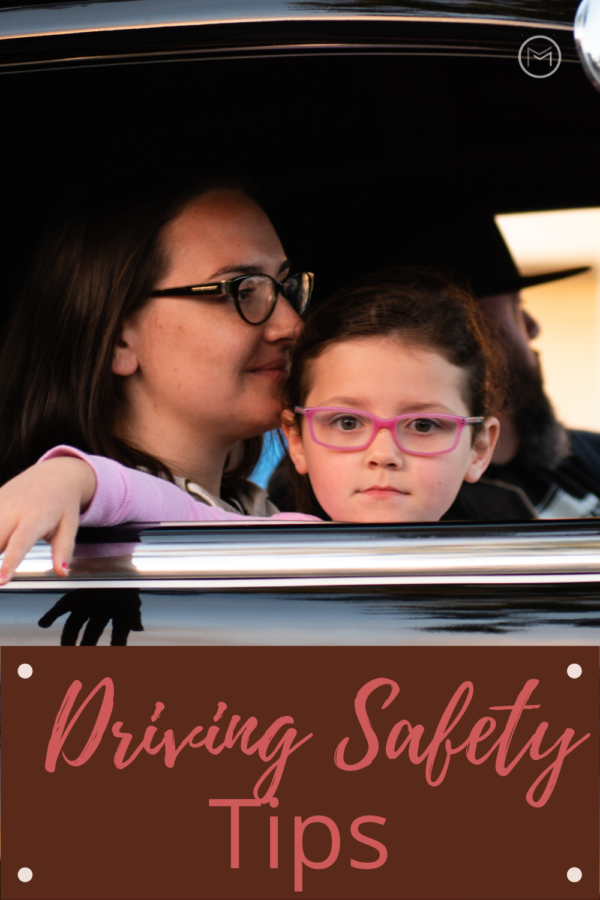Today, I’m sharing parenting advice on how the government is keeping your family safe from disaster. As the world becomes increasingly interconnected, the chances of a major disaster hitting is going up. Over the last six months, we’ve seen a host of problems from the Australian bush fires to the new Wuhan coronavirus.

If you get the sense that there are more crises these days than in the past, you’d be right. In 1994, there was one state of emergency declared. The infographic shows the disaster. By 2016, that number had risen to seven states of emergency. At present, most experts believe that the biggest threat we face comes from climate change. As the planet warms, they argue, the number of extreme weather events will increase. Are you wondering how our government will get prepared for future state of emergencies?
This understanding has led to a growing sense that the government needs to improve its disaster preparedness. It needs to develop strategies that will allow it to deal with major crises in the best way possible, as they unfold.
How the Government is Keeping Your Family Safe:
For any crisis or emergency, there are four ways in which a government can respond: prevention, preparedness, response, and recovery assistance. Over the last year, we’ve seen all of these in action, from the preventive action being taken right now to prevent the spread of the coronavirus to the reconstruction following the Australian bushfires.
The infographic below shows the government’s role in disaster response. It charts current statistics on the threat of disaster and shows how public administrators can respond. It also highlights some of the emerging technologies being used for disaster mitigation.

Infographic by Norwich University
Finally, we hope that our infographic has provided some insight on how the government is working to keep your family safe during a disaster. Have a conversation with your family on this information. It will give an understanding of the government’s role and help them feel safe during a disaster.






